Optimal Timing for Brush Management
Brush management involves the strategic removal or control of unwanted vegetation to improve land use, prevent overgrowth, and maintain ecological balance. Timing is crucial to maximize effectiveness and minimize environmental impact.
Spring is ideal for brush management as plants are actively growing, making removal more effective and less disruptive.
This period allows for control before plants go dormant, reducing regrowth and preparing land for upcoming seasons.
Late fall and winter are suitable for certain methods, especially in colder climates, to minimize disturbance during active growth.
After storms or heavy rainfall, brush management can be more effective due to softer ground and accessible vegetation.
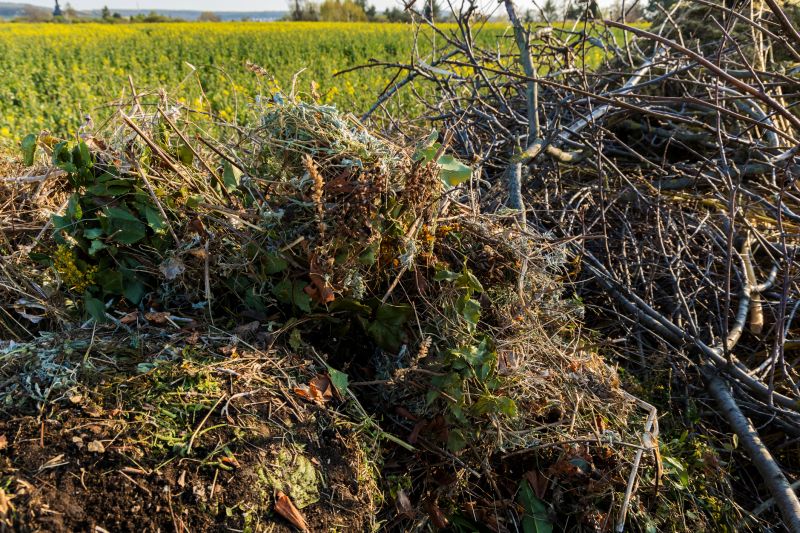
Ways to make Brush Managements work in tight or awkward layouts.
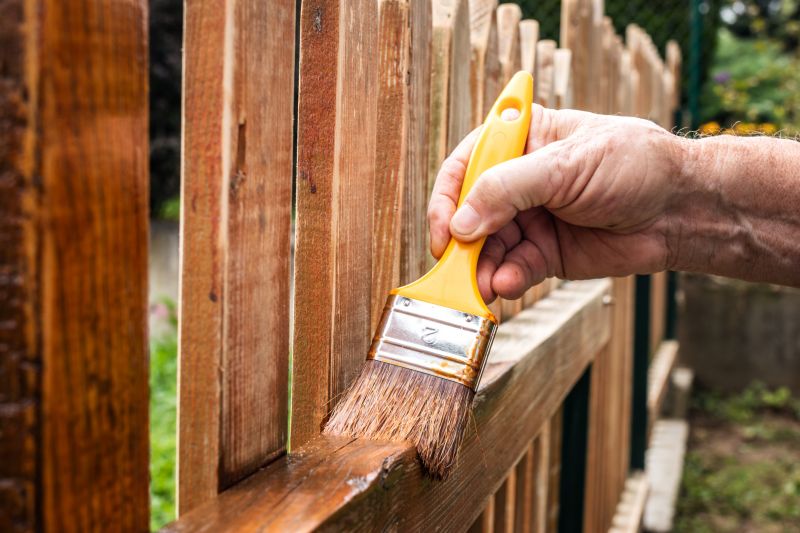
Popular materials for Brush Managements and why they hold up over time.

Simple add-ons that improve Brush Managements without blowing the budget.
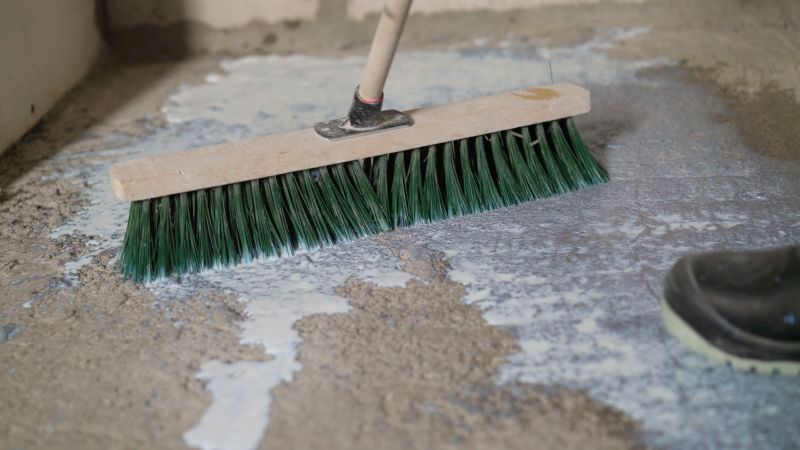
High-end options that actually feel worth it for Brush Managements.
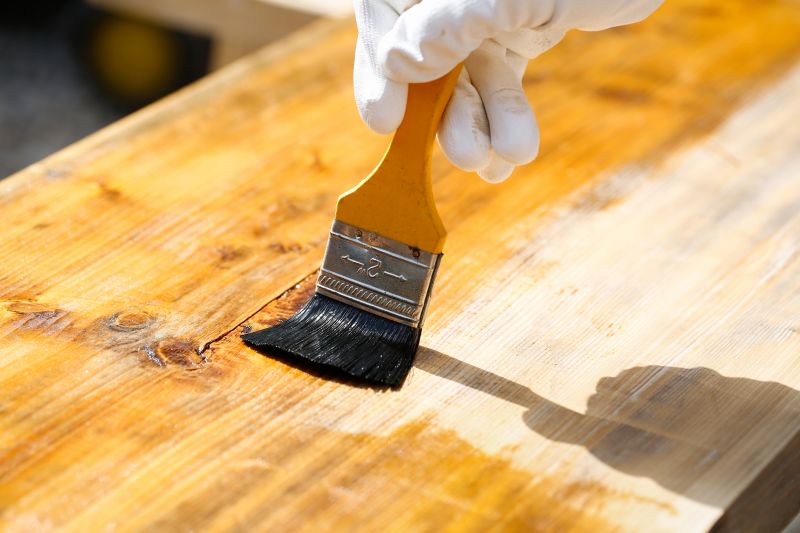
Finishes and colors that play nicely with Brush Managements.

Little measurements that prevent headaches on Brush Managements day.
| Season | Best Practices |
|---|---|
| Spring | Active growth period; effective for removal and control. |
| Late Summer/Early Fall | Prepares land for dormant season; reduces regrowth. |
| Dormant Season | Minimizes disturbance; suitable in colder climates. |
| Post-Weather Events | Utilizes softer ground for easier management. |
| Peak Growing Seasons | Less ideal due to rapid regrowth. |
Proper timing of brush management ensures better control of unwanted vegetation, reduces the need for repeated treatments, and supports land management goals. Regular assessments help determine the optimal window for intervention, considering local climate and plant species.

A 60-second routine that keeps Brush Managements looking new.
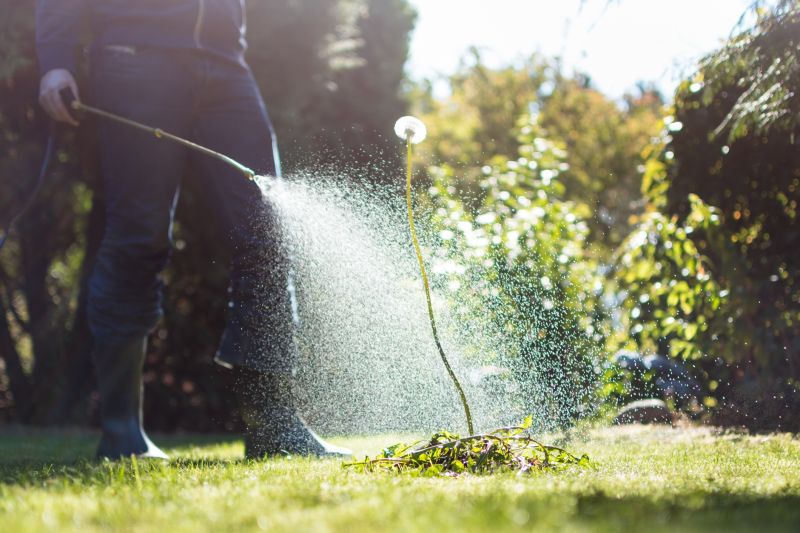
A frequent mistake in Brush Managements and how to dodge it.

Small tweaks to make Brush Managements safer and easier to use.
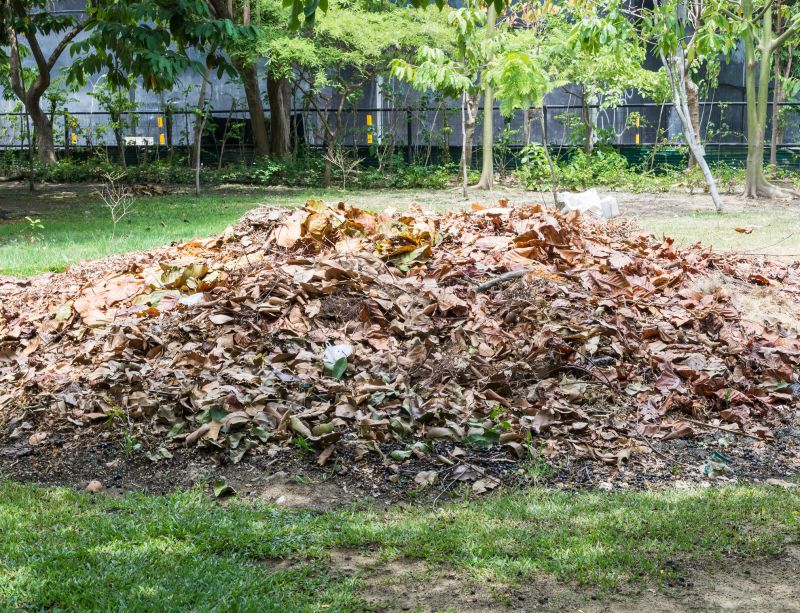
Lower-waste or water-saving choices for Brush Managements.
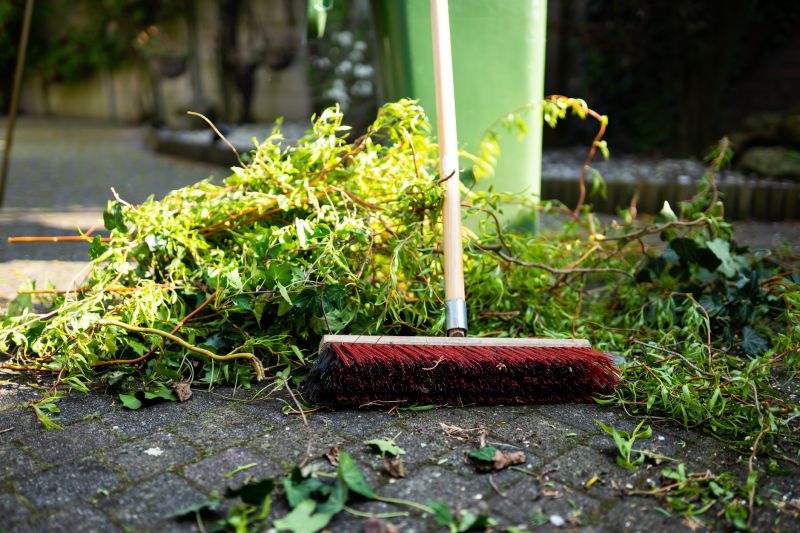
The short, realistic tool list for quality Brush Managements.
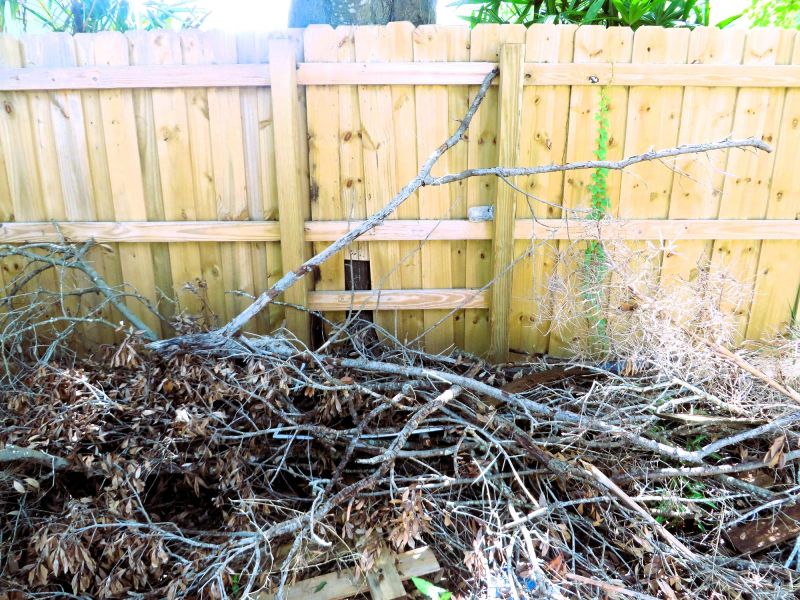
Rough timing from prep to clean-up for Brush Managements.

Quick checks and paperwork to keep after Brush Managements.

Examples that show the impact a good Brush Managements can make.

Ways to make Brush Managements work in tight or awkward layouts.
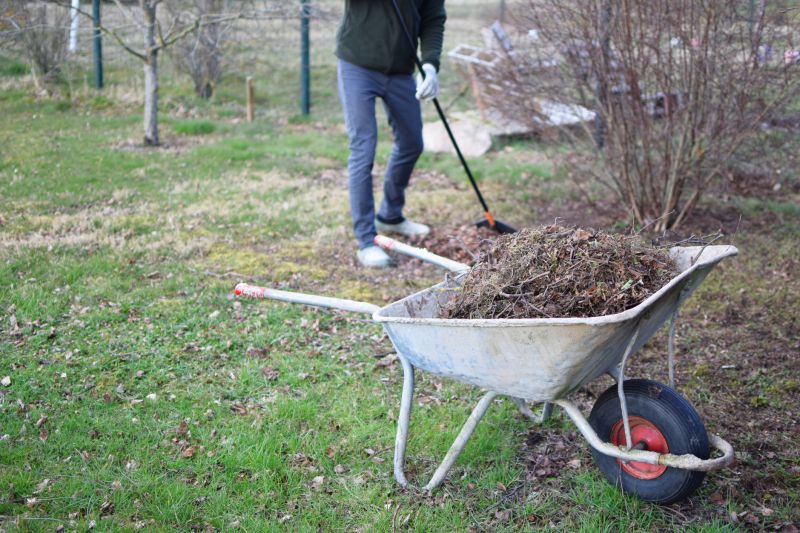
Ways to make Brush Managements work in tight or awkward layouts.

Ways to make Brush Managements work in tight or awkward layouts.
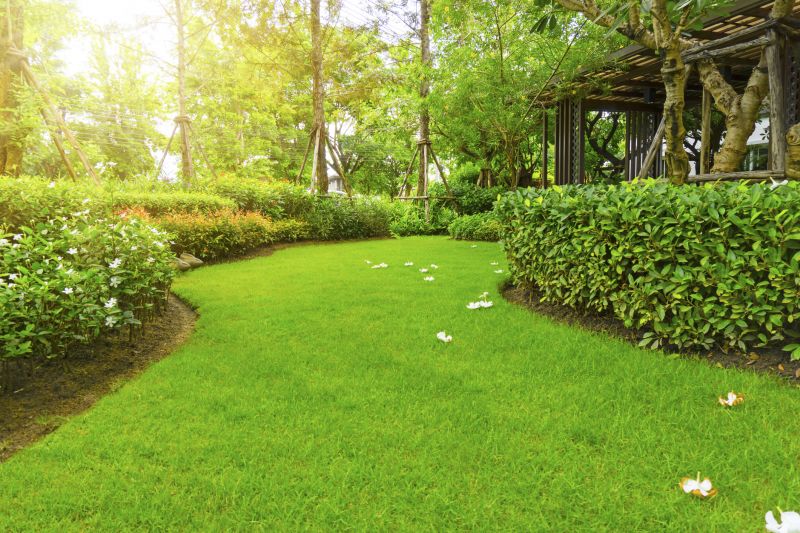
Ways to make Brush Managements work in tight or awkward layouts.
Interested parties are encouraged to contact for more information about scheduling and planning brush management activities tailored to specific land conditions and regional climate patterns.
